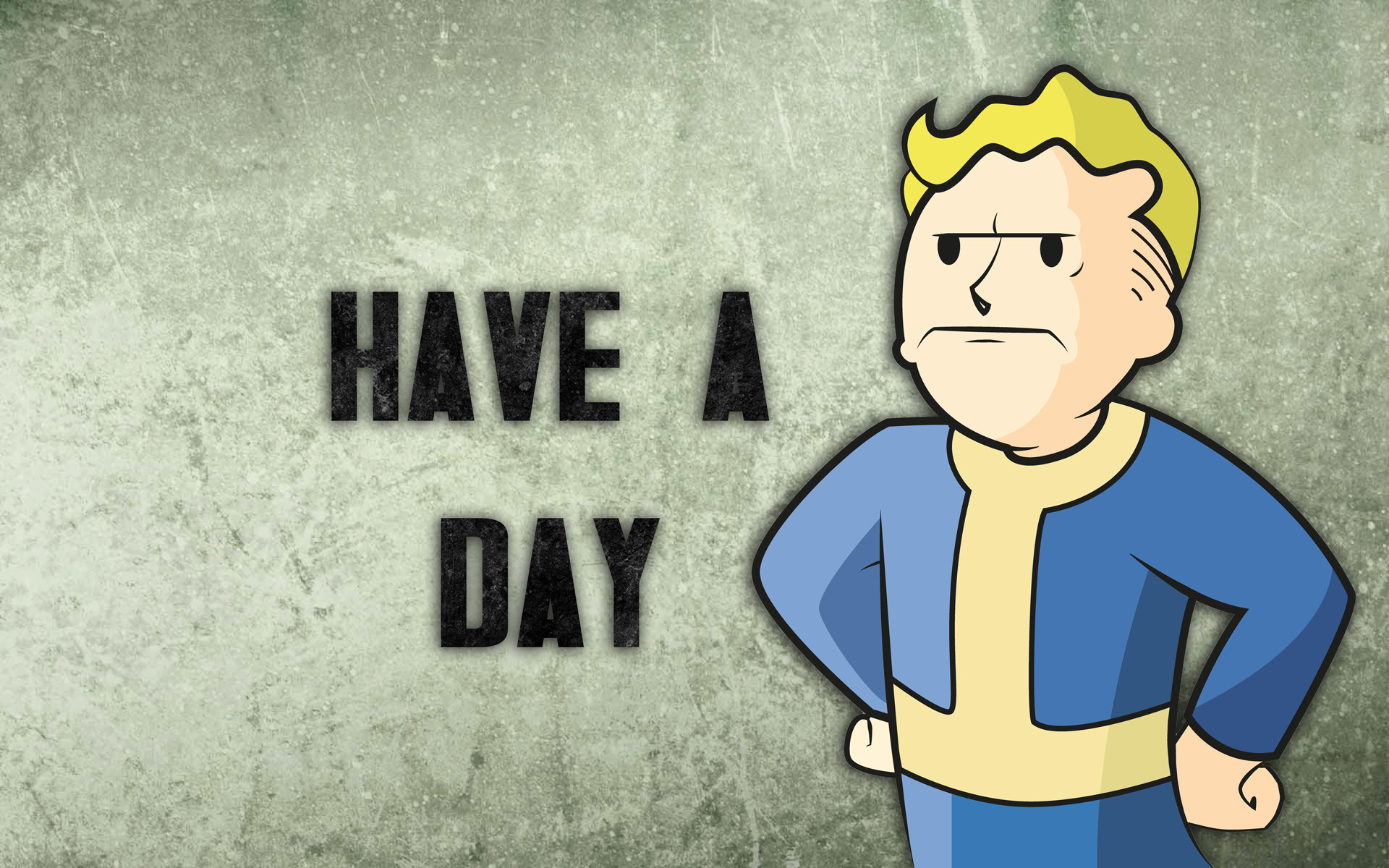When Was Vault Boy Created: A Look at Fallout's Iconic Mascot
He's got that mischievous grin, a perfectly coiffed wave of hair, and a knack for explaining even the most horrifying post-apocalyptic scenarios with a disturbingly cheerful demeanor. He's Vault Boy, the mascot of the Fallout universe, and a symbol instantly recognizable to gamers and pop culture enthusiasts alike. But just where did this charmingly morbid fellow come from? Let's take a trip back in time to uncover the origins of everyone's favorite post-nuclear poster boy.
Before we dive into Vault Boy's creation, it's worth appreciating the broader context. We're talking about the dawn of the video game era, a time when pixels were king, and developers relied heavily on striking visuals to grab players' attention. Enter the mascot – a single, instantly identifiable image that embodies the very essence of a game. Think Mario, Sonic the Hedgehog, and Pac-Man – legendary figures who became synonymous with the worlds they inhabit. Vault Boy, though born slightly later in the game, quickly joined this elite group, becoming an inseparable part of the Fallout universe.
Vault Boy wasn't just a random marketing ploy; he was a calculated creation, meticulously crafted to resonate with players. His design was inspired by existing sources – think back to those cheerful 1950s illustrations used to explain everything from atomic safety to household appliance usage. There's a distinct mid-century aesthetic to Vault Boy, a deliberate choice that plays on our cultural fascination with that era's optimism, even when juxtaposed against the grim realities of a nuclear wasteland.
Now, to answer the burning question: When exactly did Vault Boy step onto the scene? The year was 1997, and the world was introduced to the original "Fallout," a game that would redefine role-playing and set the stage for one of the most beloved franchises in gaming history. It was here that Vault Boy made his debut, gracing the game's interface, skill charts, and of course, those iconic Vault-Tec promotional materials scattered throughout the wasteland.
Vault Boy wasn't merely a static image; he was a dynamic storyteller. His expressive face, contorted into a range of emotions from gleeful excitement to wide-eyed terror, conveyed the game's dark humor and satirical commentary on society. He became more than just a mascot; he was a guide, a friend (albeit a slightly unsettling one), and a constant companion throughout the player's journey through the post-apocalypse.
The impact of Vault Boy's creation was significant. He became a symbol of the Fallout universe, instantly recognizable and deeply embedded in the franchise's DNA. His image adorned everything from merchandise to fan art, transcending the boundaries of the game and becoming a cultural touchstone.
Advantages and Disadvantages of Vault Boy's Design
While Vault Boy has seen incredible success, there are advantages and disadvantages to his design, particularly in today's context:
| Advantages | Disadvantages |
|---|---|
| Instantly recognizable and iconic | Potentially outdated aesthetic for modern audiences |
| Effectively communicates complex information in a simple way | Limited emotional range due to simplistic design |
| Nostalgia factor for long-time fans | May not resonate as strongly with newer generations of gamers |
So, while Vault Boy's creation might seem like a relic of a bygone era in gaming history, his impact continues to reverberate. He stands as a testament to the power of effective design, the importance of a memorable mascot, and the enduring appeal of a franchise that isn't afraid to embrace its own brand of dark humor and post-apocalyptic charm.
Borang permohonan keluar negeri your ticket to freedom
Legal profession uniform law application act
The curious case of palpatine please dont gif














